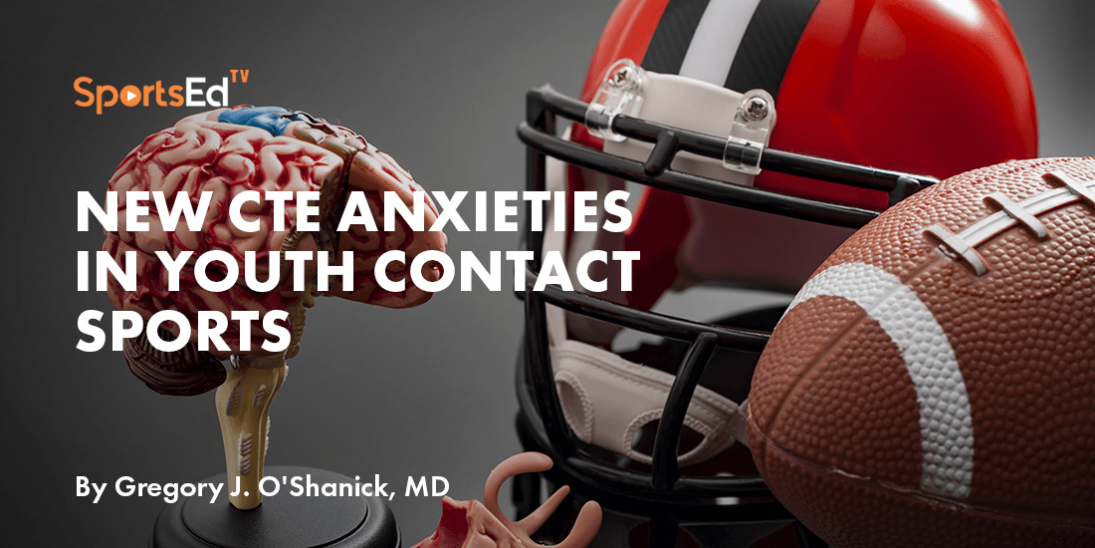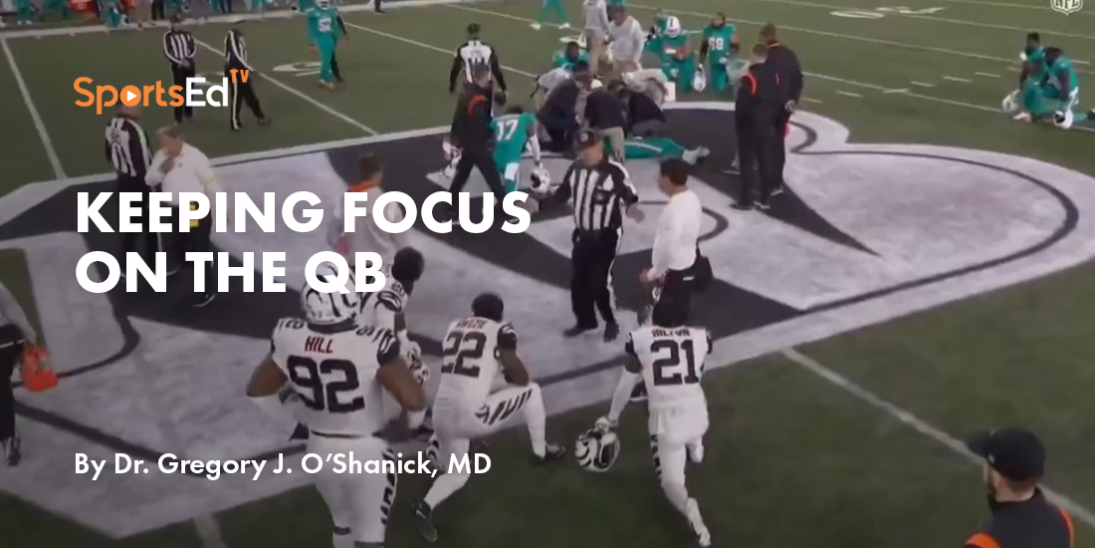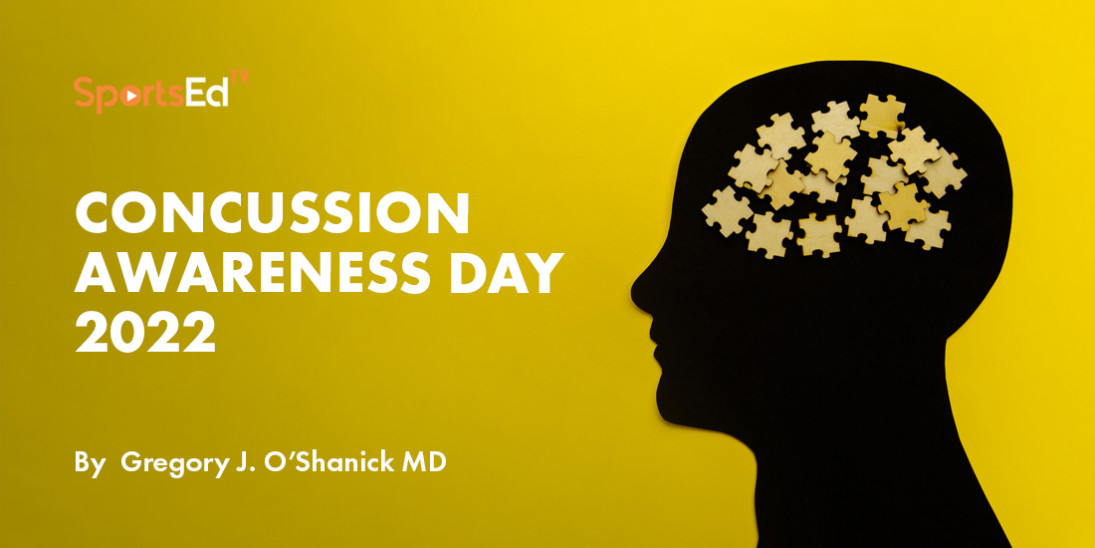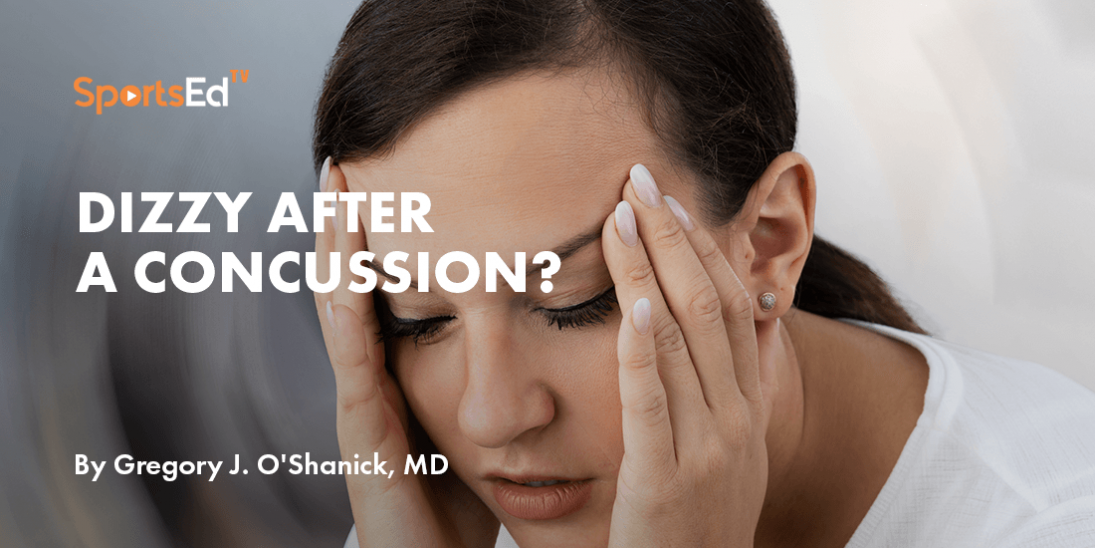Concussion
Welcome and thanks for visiting...

How much is a brain worth?
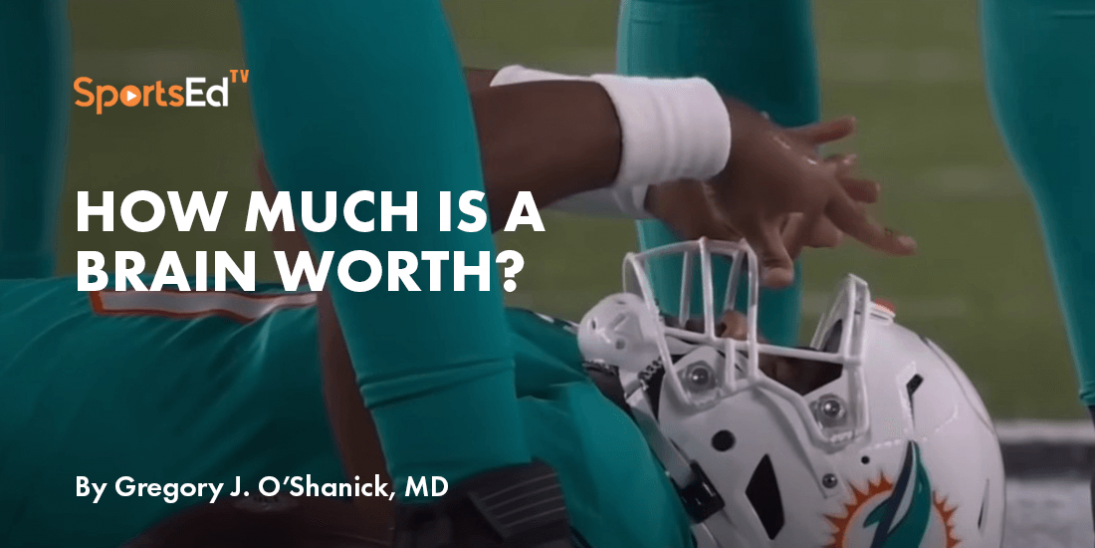
In his interviews last week, these are the questions Tua addressed following the series of concussions he sustained in the 2022 season that caused him to consider early retirement from the game he loves and has excelled in. He says he discussed it with his family and ultimately determined he wanted to have his son see him play and remember him playing. He has worked with coaches to learn jiu-jitsu methods for better absorbing the forces of hits and falling to the turf. But is that really sufficient?
What is a concussion?
A concussion is an injury to the brain caused by a hit, blow, or jolt to the head or body that causes the brain to suddenly move inside the skull, causing damage. This damage has the potential to change the way a person acts, thinks, or feels. Most people don’t lose consciousness when suffering a concussion. The best way to determine whether someone has a concussion is to look for common signs and symptoms (Headaches, Vision issues, Nausea or vomiting, Dizziness or off-balance, Exhaustion, Sensitivity to noise or light, Personality changes or irritability, Numbness or tingling, Mental fog or concentration problems, Clumsiness, Emotions out of whack, Changes to sleep) which can appear anytime over at least seven days after an injury. While people are often told to “tough it out” or “walk it off,” sometimes “I’m fine” isn’t fine. When your brain is hurt, you can't think straight and assess yourself accurately. (ConcussionAwarenessNow.org)
What is jiu-jitsu?
Jiu-Jitsu, often spelled as "Jiu-Jitsu" or "Jujutsu", is a martial art that originated in Japan. It is a system of self-defense that focuses on grappling techniques, including joint locks, chokes and throws. The term "Jiu Jitsu" can be translated to "gentle art" or "yielding art", as it emphasizes using an opponent's strength and momentum against them, rather than relying on one's own brute force.
As a physician who sees student-athletes who are concussed in a variety of settings, this conversation is all too familiar: when is it time or wise to stop exposing the head to potential impacts that can further damage one's future?
A recent study looked at the long-term risk of sustaining multiple concussions and found that those who sustained three or more concussions had significantly worse attention and ability to complete complex tasks. Those with four or more had worsened processing speed and memory. This data is alarming in the context of the vast majority of amateur competitors whose ultimate financial livelihoods will not be determined by professional sports careers. Often the student-athletes I see are competitors in multiple sports where the risk of head impacts exists and they are generally active types of individuals whose lifestyles involve hobbies that also carry a risk of injury (mountain biking, skateboarding, kayaking, etc).
The primary “job” of these individuals is that of students where attention, complex problem solving, processing speed, and memory are all vital for academic success and for ultimate emancipation into the adult worlds of work and independent living. My conversations with these student-athletes, in a similar context as Tua’s, is what are the long-term realistic goals and aspirations for career and livelihood? How do we match the need to be a part of a team and compete with the need to do so and minimize further risk of concussive injury?
Such discussions have at times pivoted competitive pursuits to golf, swimming, diving, or archery; while on at least one occasion with a talented soccer player, he successfully pivoted to become the place kicker for his high school's football team with an accommodated practice program that eliminated contact drills of any sort, coaching (much like Tua’s) on methods of falling safely, and rigidly opposing any attempts at adding punting to his duties.
Tua’s personal decision to continue to expose himself to the risk of further injury is based upon this being his career trajectory and his means of generating not an insignificant level of income. It has been well established in scientific studies that concussion increases the lifetime risk for migraine headache, stroke, neurodegenerative disorders, parkinsonism, depression and suicide, hormonal dysfunction, and seizures. Tua’s decision, as an elite athlete at the pinnacle of his career must factor in these risks in comparison to his annual salary and bonus potential.
For the amateur athlete not at Tua’s level, a more realistic appraisal of risk-benefit must occur with the input of parents, coaches, respected mentors, and physicians critically weighing with them the ultimate question:
How much is my brain worth?




